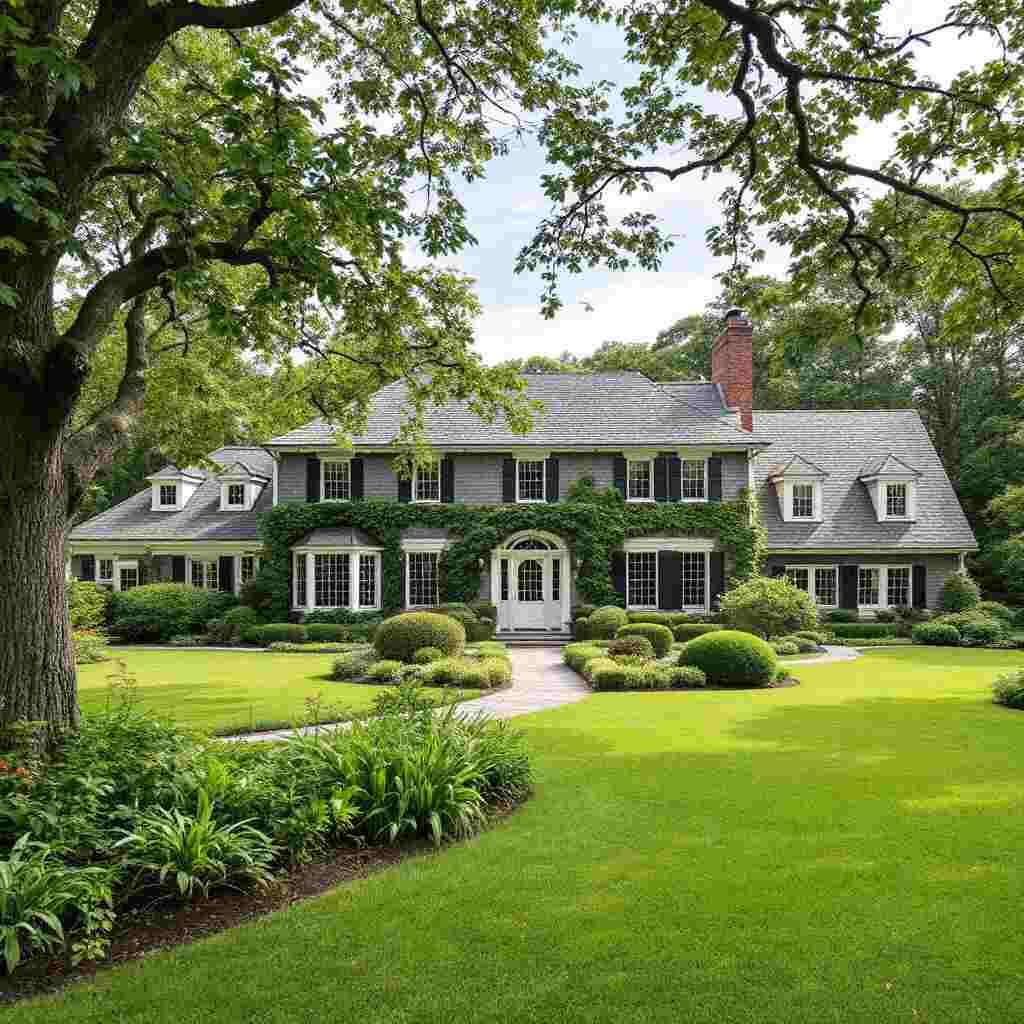Ken Langone is a name that resonates in the business world, particularly known for his pivotal role in founding Home Depot. His journey from humble beginnings to becoming a billionaire entrepreneur is nothing short of inspiring. But beyond his business acumen, Langone’s personal residence stands as a testament to his success and vision.
Ken Langone was born on September 16, 1935, in the bustling city of New York. Growing up in a modest household, he learned the value of hard work early on. After earning a degree from Bucknell University, he ventured into the world of finance and investment. His career took a significant turn when he partnered with Arthur Blank and Bernie Marcus to establish Home Depot in 1978.
Langone’s influence extends beyond business. His role in Home Depot revolutionized how people approach home improvement, making it accessible and affordable. Moreover, his philanthropic efforts have made a significant impact on various sectors, including education and healthcare.
For instance, he has donated millions to NYU Langone Health, ensuring that quality healthcare is available to those in need. His commitment to giving back reflects his belief in the importance of community and support.
The Architectural Design of Ken Langone’s House
Overview of the House
Ken Langone’s house is located in the picturesque area of East Hampton, New York. This stunning property spans over 10,000 square feet, offering ample space for both relaxation and entertainment. The architectural style is a blend of modern elegance and traditional charm, making it a standout in the neighborhood.
The house features expansive windows that allow natural light to flood the interiors, creating a warm and inviting atmosphere. The use of high-quality materials, such as stone and wood, adds to its luxurious feel.
Architect and Design Philosophy
The architectural vision for Langone’s house was brought to life by renowned architect Robert A.M. Stern. Stern is known for his ability to blend traditional and contemporary styles, which is evident in this residence.
His design philosophy emphasizes timelessness and contextuality, ensuring that the house complements its surroundings while standing out as a unique piece of architecture. The thoughtful layout and attention to detail reflect Langone’s desire for a home that is both functional and aesthetically pleasing.
Exterior Design
The exterior of Langone’s house is nothing short of breathtaking. The use of natural stone and glass creates a harmonious balance between the structure and its environment.
- Materials Used:
- Stone: Provides durability and a classic look.
- Glass: Offers transparency and connects the indoors with the outdoors.
The landscaping is equally impressive, featuring meticulously manicured gardens and outdoor spaces that invite relaxation and enjoyment. The outdoor areas are designed for entertaining, with patios and seating areas that overlook the lush surroundings.
Interior Design
Stepping inside, the layout of the house flows seamlessly from one space to another. The open-concept design allows for easy movement and interaction among family and guests.
Notable rooms include:
- Kitchen: A chef’s dream, equipped with state-of-the-art appliances and ample counter space.
- Living Areas: Cozy yet spacious, designed for both intimate gatherings and larger events.
The interior design incorporates a mix of modern furnishings and classic decor, creating a warm and inviting atmosphere that reflects Langone’s personal style.

Sustainable Features
In today’s world, sustainability is more important than ever, and Langone’s house is no exception. The home incorporates several energy-efficient systems, including:
- Solar Panels: Harnessing renewable energy to reduce reliance on traditional power sources.
- Sustainable Materials: Using eco-friendly materials in construction and design.
These features not only contribute to a lower environmental impact but also enhance the overall efficiency of the home.
You may also read(benjamin moore coventry gray house exterior)
Cultural and Historical Context
Architectural Trends in the Area
East Hampton is known for its stunning architecture, with many homes reflecting a blend of traditional and modern styles. Langone’s house stands out while still paying homage to the architectural trends of the region.
Comparing it to other notable homes, Langone’s residence showcases a unique interpretation of Hamptons architecture, characterized by its use of natural materials and integration with the landscape.
Significance in Modern Architecture
Langone’s house is not just a personal residence; it represents a shift in modern architecture. The emphasis on sustainability, open spaces, and a connection to nature reflects current trends in home design.
This house serves as an example for future architects and homeowners, illustrating how luxury and sustainability can coexist harmoniously.
Personal Touches and Unique Elements
Custom Features
One of the most captivating aspects of Langone’s house is its custom features. From unique art installations to bespoke furniture, every element has been thoughtfully curated.
For example, the art collection includes pieces from renowned artists, adding a personal touch that reflects Langone’s appreciation for creativity and culture.
Langone’s Vision for His Home
Langone has often shared insights into his vision for his home. He wanted a space that not only showcased his success but also served as a gathering place for family and friends.
In interviews, he has emphasized the importance of creating memories in a home, making it a sanctuary for loved ones to come together and enjoy life.
Impact on Community and Beyond
Community Engagement
Langone’s house has had a positive influence on the local community. Its design and presence have inspired other homeowners in the area to invest in their properties, contributing to the overall aesthetic of East Hampton.
Moreover, Langone’s philanthropic efforts often extend to community projects, further solidifying his commitment to enhancing the neighborhood.
Media Attention and Public Perception
The architectural beauty of Langone’s house has not gone unnoticed. It has been featured in various architectural magazines and media outlets, showcasing its design and significance.
This attention has sparked conversations about luxury homes and their role in modern society, highlighting the balance between luxury and responsibility.
You may also read(house theme ideas)

